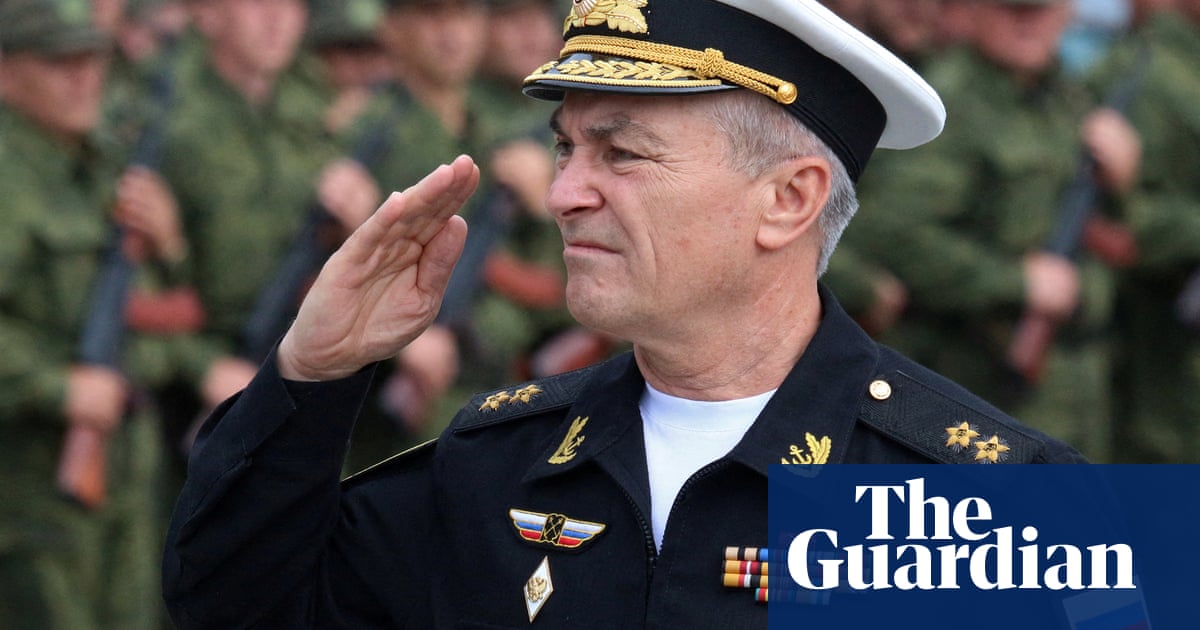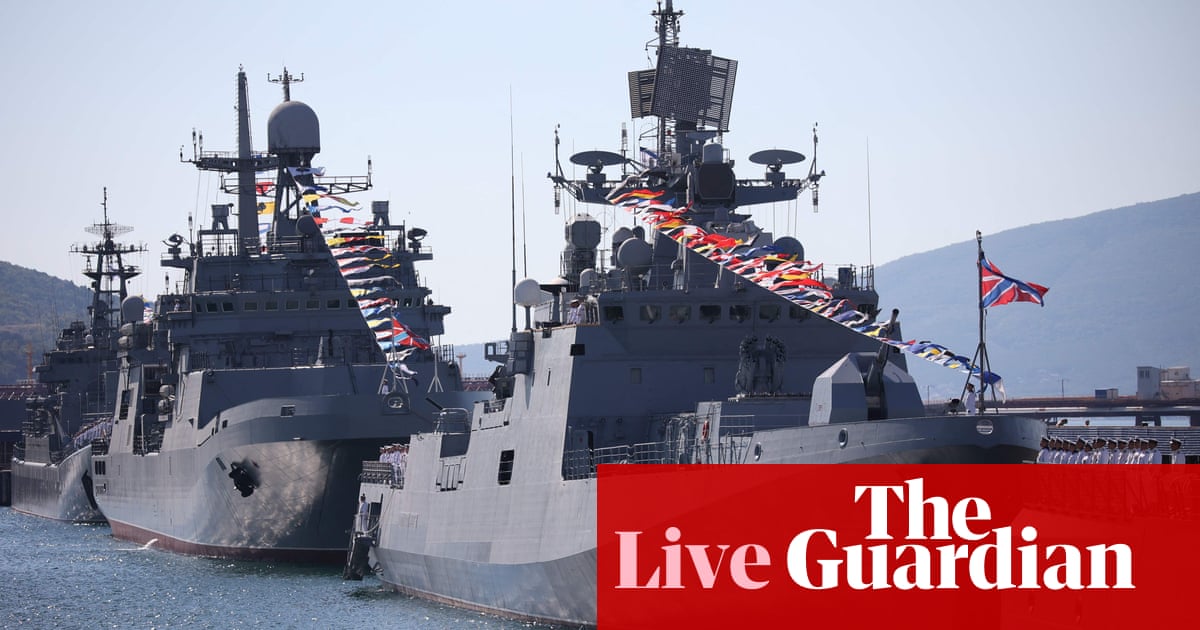
The Russian ambassador to the UK has claimed UK special forces were involved in a Ukrainian drone attack on Moscow’s Black Sea fleet.
Andrei Kelin told Sky News: “We perfectly know about [the] participation of British specialists in [the] training, preparation and execution of violence against the Russian infrastructure and the Russian fleet in the Black Sea. We know that it has been done.”
He claimed evidence had been handed to the British ambassador and that it would “become public pretty soon”.
Kelin added: “This is a warning actually that Britain is too deep in this conflict. It means the situation is becoming more and more dangerous.”
He also denied Moscow would use nuclear weapons in the conflict. Asked if Moscow would use a so-called tactical nuclear weapon, he said: “No. The world has every assurance that Russia is not going to use [a] tactical nuclear weapon in [the] Ukrainian conflict.”
Russia has, without providing evidence, repeatedly blamed the UK for Saturday’s audacious attack, in which a swarm of drones attacked Russia’s Black Sea fleet.
Russian officials have claimed a Royal Navy unit directed operations from the southern Ukrainian port of Ochakiv. The UK has dismissed this as “false claims of an epic scale”.
The Kremlin has also accused the Royal Navy of “directing and coordinating” attacks on the Nord Stream undersea gas pipelines in September. Britain has said Moscow is making the accusations to detract from its failing military campaign in Ukraine.
Meanwhile the UN nuclear watchdog said it had found no sign of undeclared nuclear activity at three sites in Ukraine that it inspected at Kyiv’s request, in response to Russian allegations that work was being done on a “dirty bomb”.
“Our technical and scientific evaluation of the results we have so far did not show any sign of undeclared nuclear activities and materials at these three locations,” the International Atomic Energy Agency said, adding that environmental samples taken would be analysed, Reuters reports.
Last week the Russian president, Vladimir Putin, said Russia knew “about an incident with a so-called ‘dirty bomb’ being prepared”, and that Russia knew “where, generally, it was being prepared”.
He gave no evidence of the alleged plot, which he said included the possibility of a device being loaded on to a Tochka-U or other tactical missile, detonated and then “blamed on Russia”. Kyiv has strongly denied the accusations.
Dirty bombs use conventional explosives such as dynamite placed alongside radioactive material, which is then flung outward by the force of the blast.
In southern Ukraine, a Russian-installed occupation official said Moscow was likely to pull its troops from the west bank of the Dnieper River, signalling a huge retreat that, if confirmed, would be a major turning point in the war.
Still, Ukrainian officials and western analysts remained cautious about signs that Russia was abandoning the area, and there was silence from higher-ups in Moscow over what would amount to one of Russia’s most humiliating retreats so far.
Kyiv said it was still fighting in the area and was wary that Moscow could be setting a trap by feigning a pull-out.
“Most likely our units, our soldiers, will leave for the left [eastern] bank,” said Kirill Stremousov, the Russian-installed deputy civilian administrator of the Kherson region, in an interview with Solovyov Live, a pro-Kremlin online media outlet.
The area includes Kherson city, capital of the region of the same name, and the only major city Russia has captured intact since its invasion in February. It also includes one side of a huge dam across the Dnieper, which controls the water supply to irrigate Crimea, the peninsula Russia has occupied since 2014.
Previously, Russia had vehemently denied its forces were planning to withdraw from the area, one of the most important new conquests that Putin claimed to have annexed to Russia at the end of September.
Speculation swirled on Thursday over whether Russia was indeed pulling out, after photos circulated on the internet showing the main administrative building in Kherson city with Russia’s flag no longer flying atop it. Ukraine said those images could be Russian disinformation.
Natalia Humeniuk, a spokesperson for Ukraine’s southern military command, said it could be a Russian trap. “This could be a manifestation of a particular provocation, in order to create the impression that the settlements are abandoned, that it is safe to enter them, while they are preparing for street battles,” she said in televised comments.
“We continue fighting, also in the Kherson direction, despite the fact that the enemy is trying to convince us that they are leaving the settlements and creating the effect of a total evacuation.”












